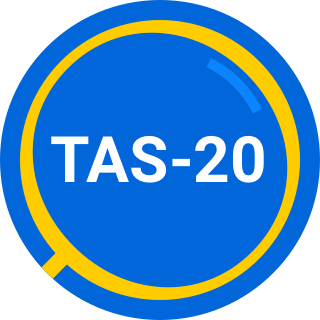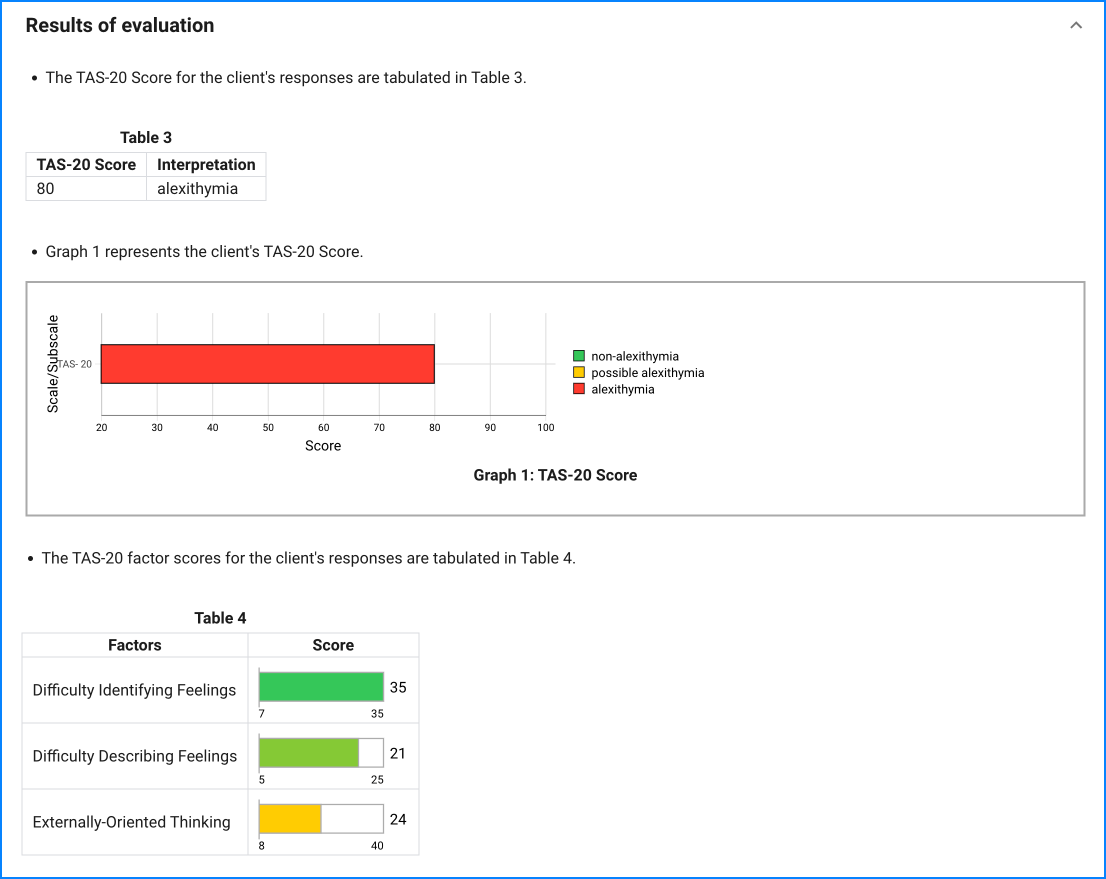Since the questionnaire relies on client self-report, all responses should be verified by the clinician, and a definitive diagnosis is made on clinical grounds taking into account how well the client understood the questionnaire, as well as other relevant information from the client. An inability of some individuals with high levels of alexithymia to evaluate accurately their awareness of emotional feelings can lead to potentially biased self-reports.
The TAS-20 is a reliable and valid instrument and accurately reflects and measures the construct as it was originally defined by Nemiah et al. Nemiah et al. (1976) as composed of deficits in affect awareness and expression and pensée opératoire (operational thinking). Clinicians and researchers can use the TAS-20 to confidently measure alexithymia, the roots of which have foundations in psychosomatic medicine.
The results from the taxometric investigations indicate that the TAS-20, TSIA, and other measures of alexithymia ought to yield continuous scores rather than categorical scores. The authors have therefore recommended that clinicians should avoid telling patients that they are either alexithymic or non-alexithymic, and to explain instead that like most other personality traits, people show varying degrees of alexithymia. Further, the authoirs recommend that researchers analyze TAS-20 scores as a continuous variable rather than classify participants into alexithymic and nonalexithymic groups. However, there may be some studies, such as certain neuroimaging studies, for which the TAS-20 cutoff scores are useful to identify groups of individuals with extreme levels (high or low) of alexithymia.




